I have circuit where I need to fire electromagnetic actuator fast. If I need to go faster strike I need to increase voltage. But what about freewheeling inductor energy.
In circuit A the energy is "shorted" with diode and current decay is pretty slow, but voltage at collector of T1 doesn't really go higher than Vcc.
Circuit B have higher freewheel voltage and will decay faster. But does make additional voltage (zener) at collector of T2
Circuit C (modified half bridge) dumps voltage back to Vcc. So it should be fast decay with no additional voltage at collector of T3.
The actuator in question have resistance of 1.5 Ohm, and inductance 0.3mH when open and 0.35mH when closed. It need to reach 6A peak under 200 microseconds and freewheel in 800 microseconds.
I don't know if my assumption is correct. Does I miss something fatal? What voltage I need?
For test I use this circuit as seems to be better alternative as circuit 2:





